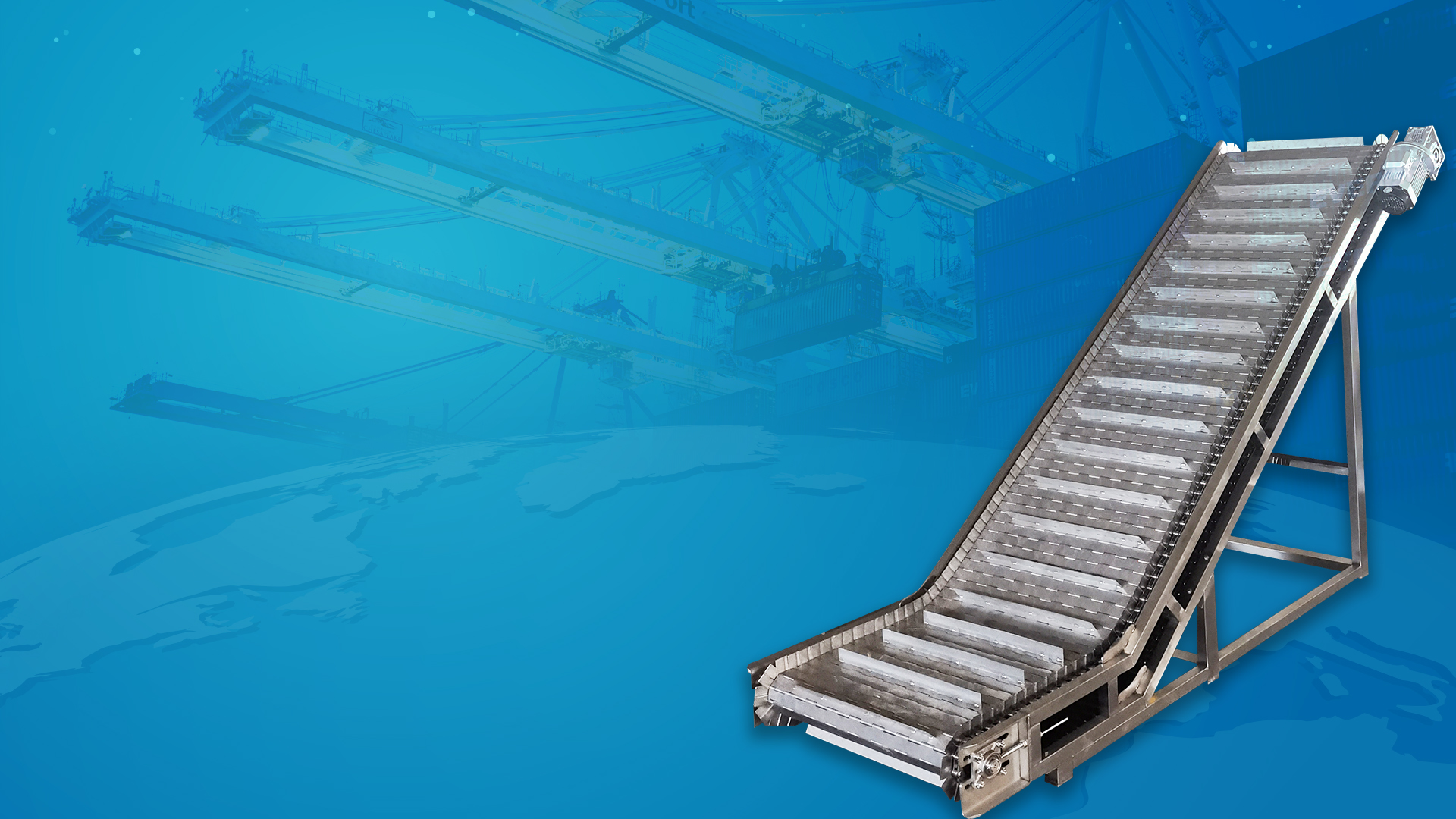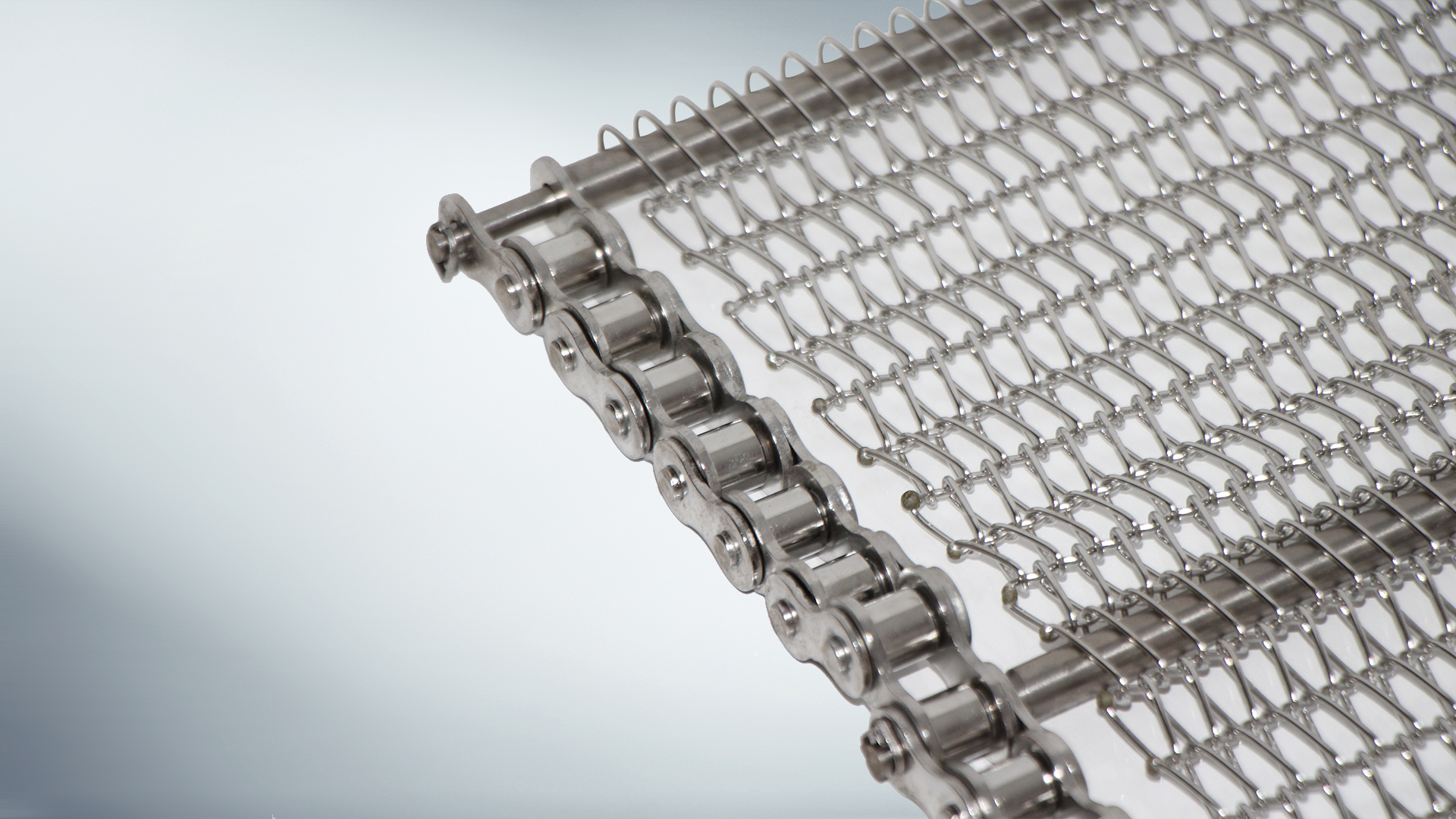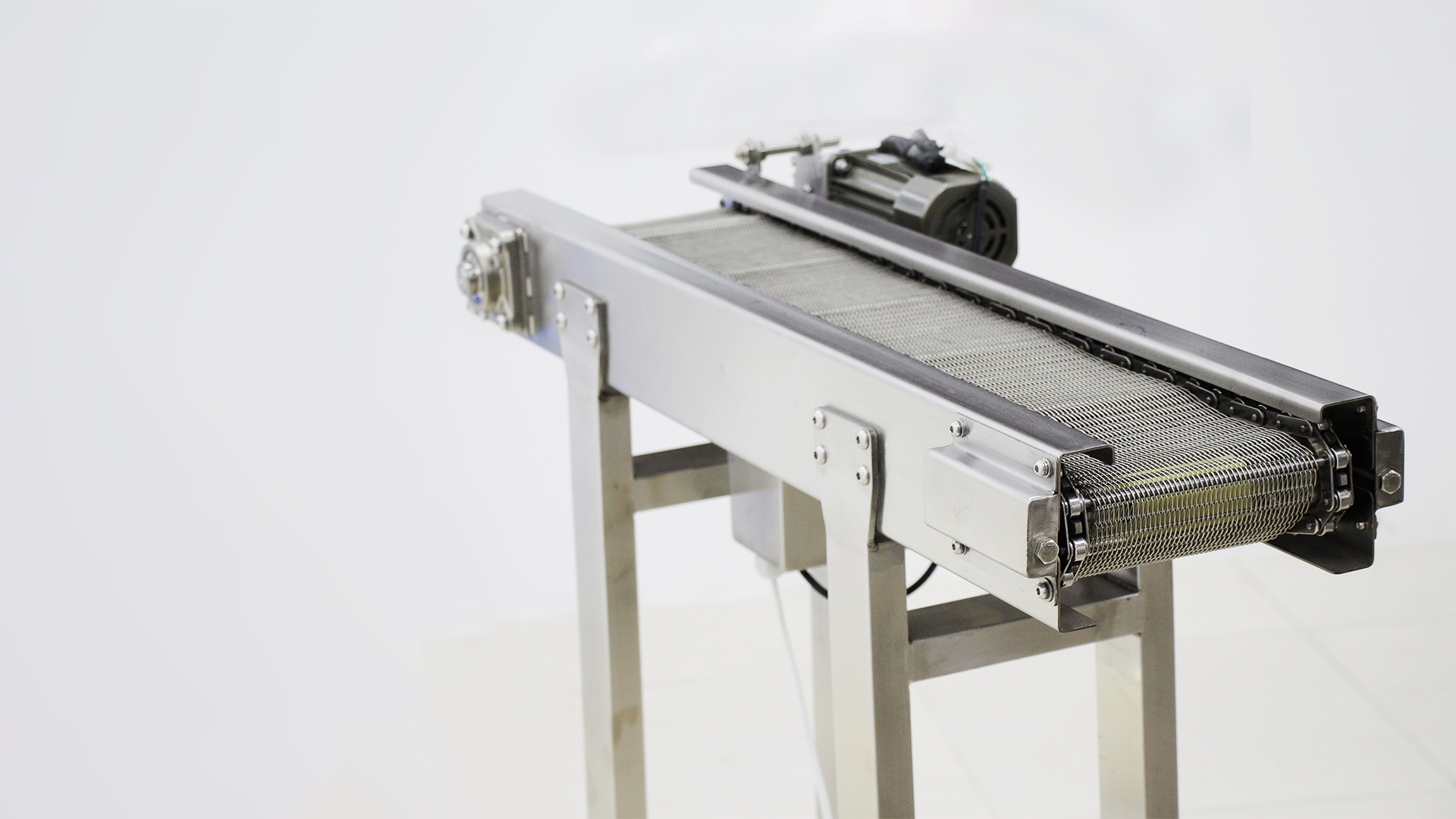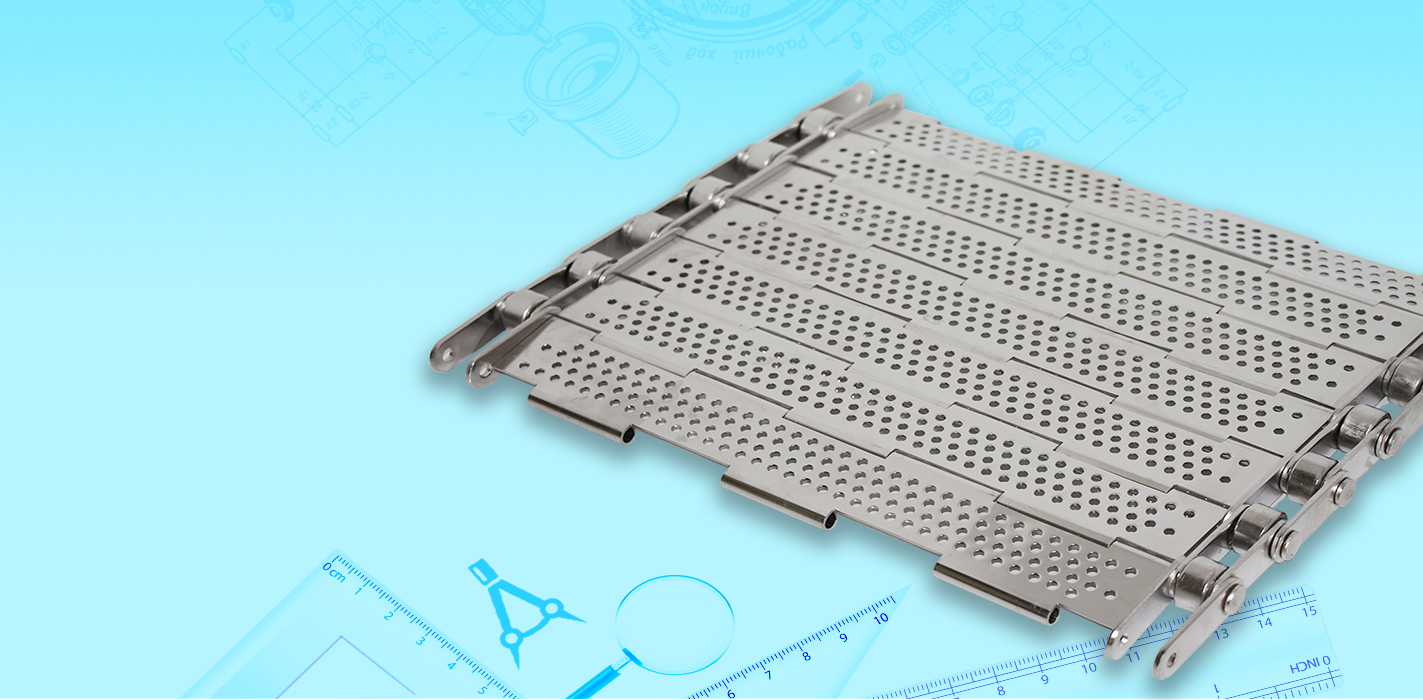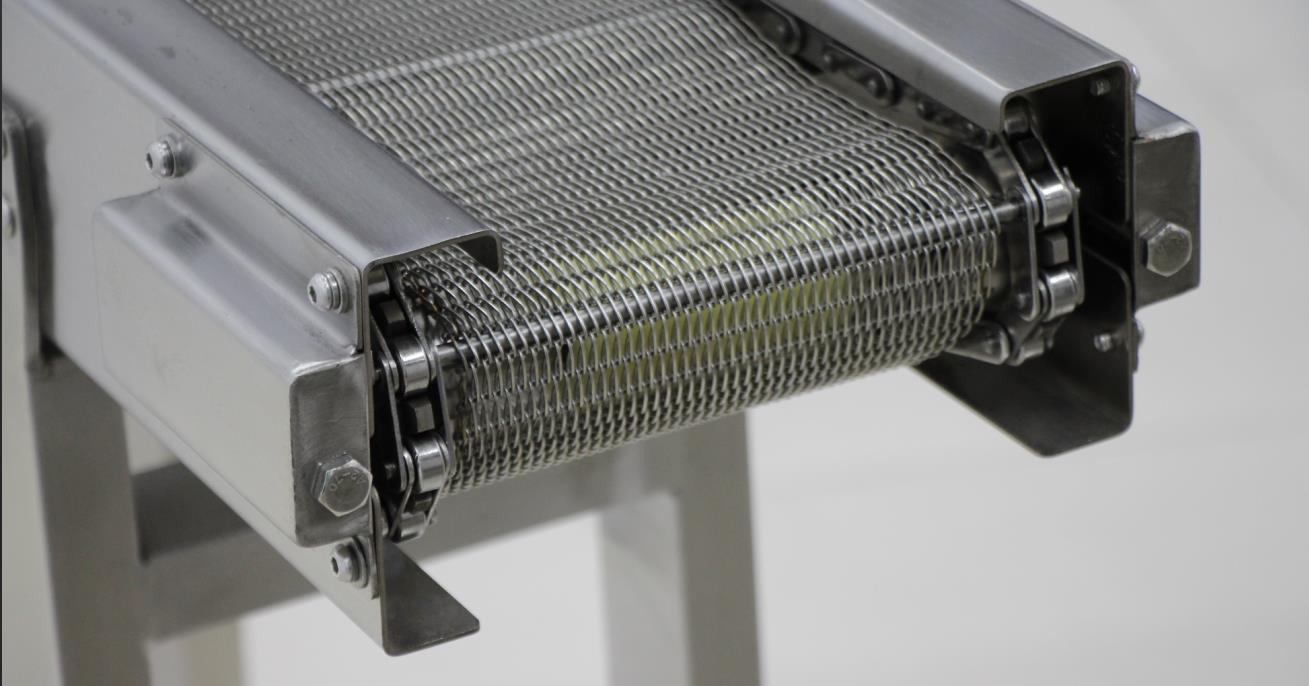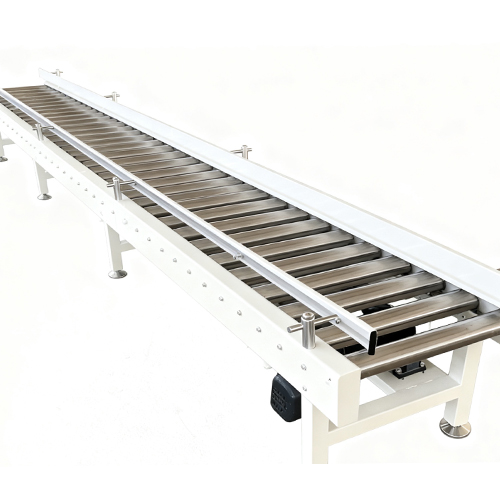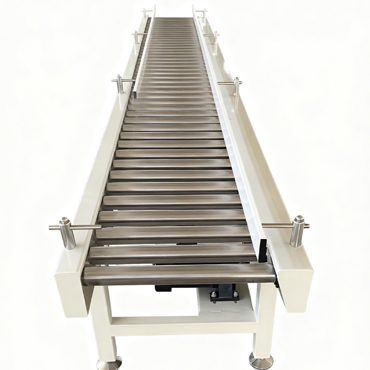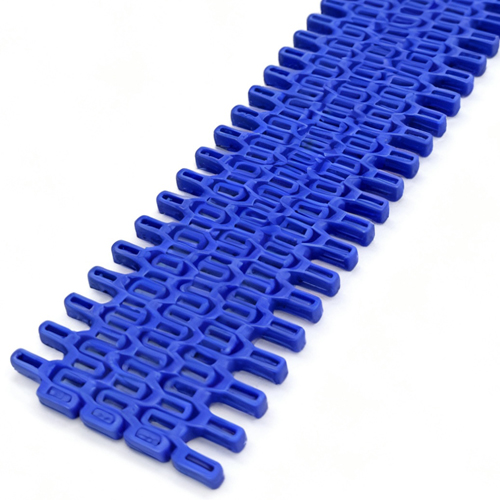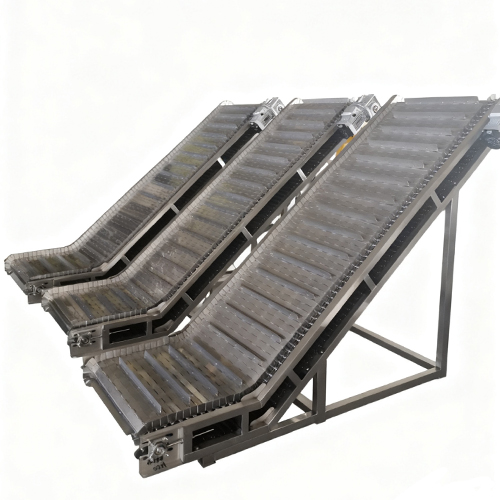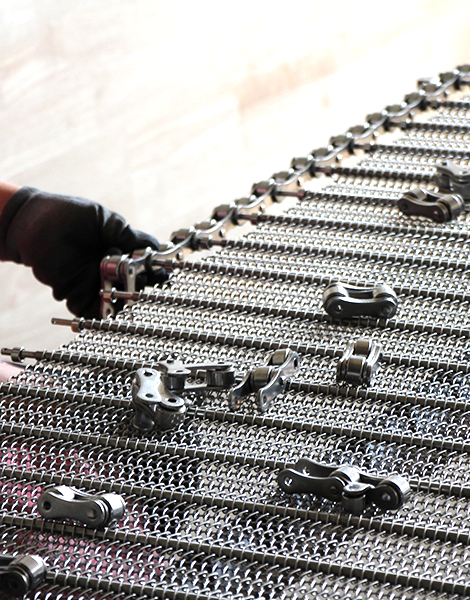There are two types of conveying methods for assembly production lines: synchronous (forced type) and asynchronous (flexible type). Depending on the selected configuration, either manual or semi-automatic assembly can be achieved. Production lines are essential for batch production in enterprises.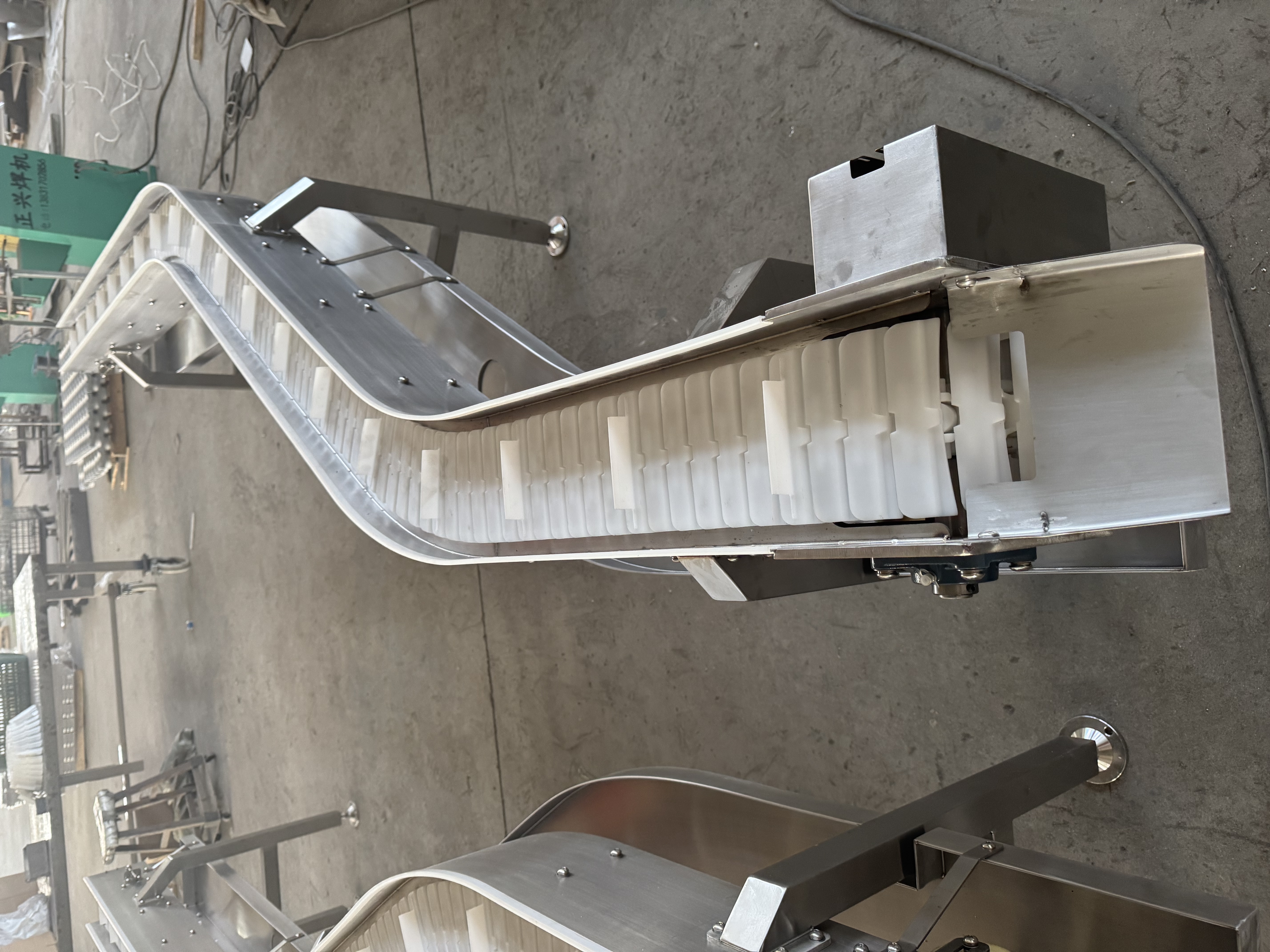
The most common configuration of factory assembly production lines is the cross-shaped belt conveyor line. These lines can adjust their conveying speed to meet the requirements of different production processes. Conveyor belts are available in various materials, including anti-static, wear-resistant, high-temperature resistant, oil-resistant, acid-resistant, alkali-resistant, and food-grade, allowing for flexible selection based on the application.
Belt assembly lines use the continuous or intermittent movement of conveyor belts to transport items of various weights. They can handle both bulk materials and individual items, such as cartons and packaging bags, which are relatively light, making them highly versatile.
Production requirements determine the control mode, which can be standard continuous operation, rhythmic operation, or variable-speed operation. Conveyor line configurations can be customized to suit the environment and include straight sections, curves, and inclines.
Assembly conveyor lines are widely applicable in industries such as meat processing, frozen food production, seafood processing, beverage and food manufacturing, dairy processing, pharmaceuticals, packaging, electronics, appliances, automotive parts, general manufacturing, and agricultural product processing.



